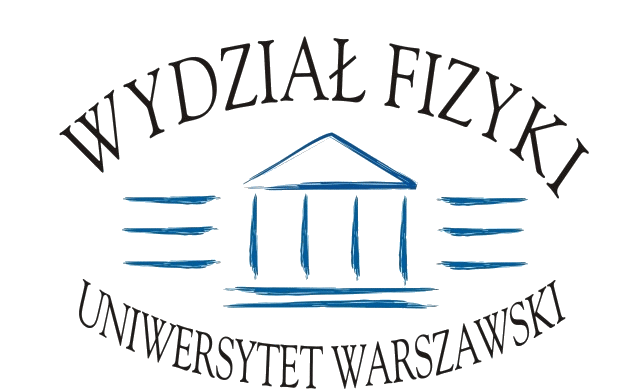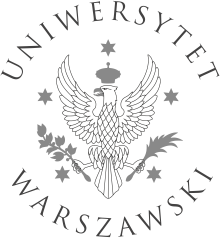Seminarium "Modeling of Complex Systems"
sala 1.40, ul. Pasteura 5
Dr Mateusz Wlazło (CENT, UW)
Theoretical description, recent results and perspectives in charge carrier dynamics phenomena in photoexcited hybrid nanojunctions from 2D-0D to 2D-2D
In molecular donor-graphene acceptor heterojunctions, a number of donor de-excitation pathways can lead to either charge or energy transfer from the 0D localized donor to the 2D-extended systems. We focus on nanographenes adsorbed on graphene, where the delocalization length of partially extended orbitals is influenced by both nanographene size (number of fused rings) and symmetry. As such, nanographene/graphene junctions provide an ideal platform for examining how these structural factors impact the competition between charge and energy transfer processes.To explore these dynamics, we analyze several ground-state properties – such as density of states, charge difference distribution, and interfacial interaction energy – to assess their predictive potential for transfer rates. Transfer rates are evaluated using Marcus theory for charge transfer and Förster theory for energy transfer. Our findings indicate that photoinduced hole transfer is the primary process in smaller, C3-symmetric nanographenes, while the Förster mechanism becomes increasingly relevant in larger nanographenes with reduced symmetry.Applying Förster theory, we examine the distance-dependence of energy transfer rates. Unlike the typical R^-6 dependence seen in localized dipole-dipole interactions, we observe a deviation indicative of delocalized charge densities in nanographene-graphene systems. Specifically, the nanographene energy transfer rate decays with a R^-4 dependence. As nanographene size increases, this dependence gradually softens, approaching the R^-2 law, characteristic of two fully extended 2D-2D systems. This trend suggests a crossover size limit, beyond which nanographenes should no longer be considered quantum dots but rather as π-extended systems, forming a distinct type of interface with graphene.
The seminar will be held in hybrid mode: in room 1.40 (IPC PAS) Join Zoom Meetinghttps://uw-edu-pl.zoom.us/j/96378632993?pwd=MVgdPR80oKaE4pjLufb2NCtg6ql4Ax.1Meeting ID: 963 7863 2993Passcode: 569551During the seminar the coffee and cakes are provided. The abstract of the talk is given below.






